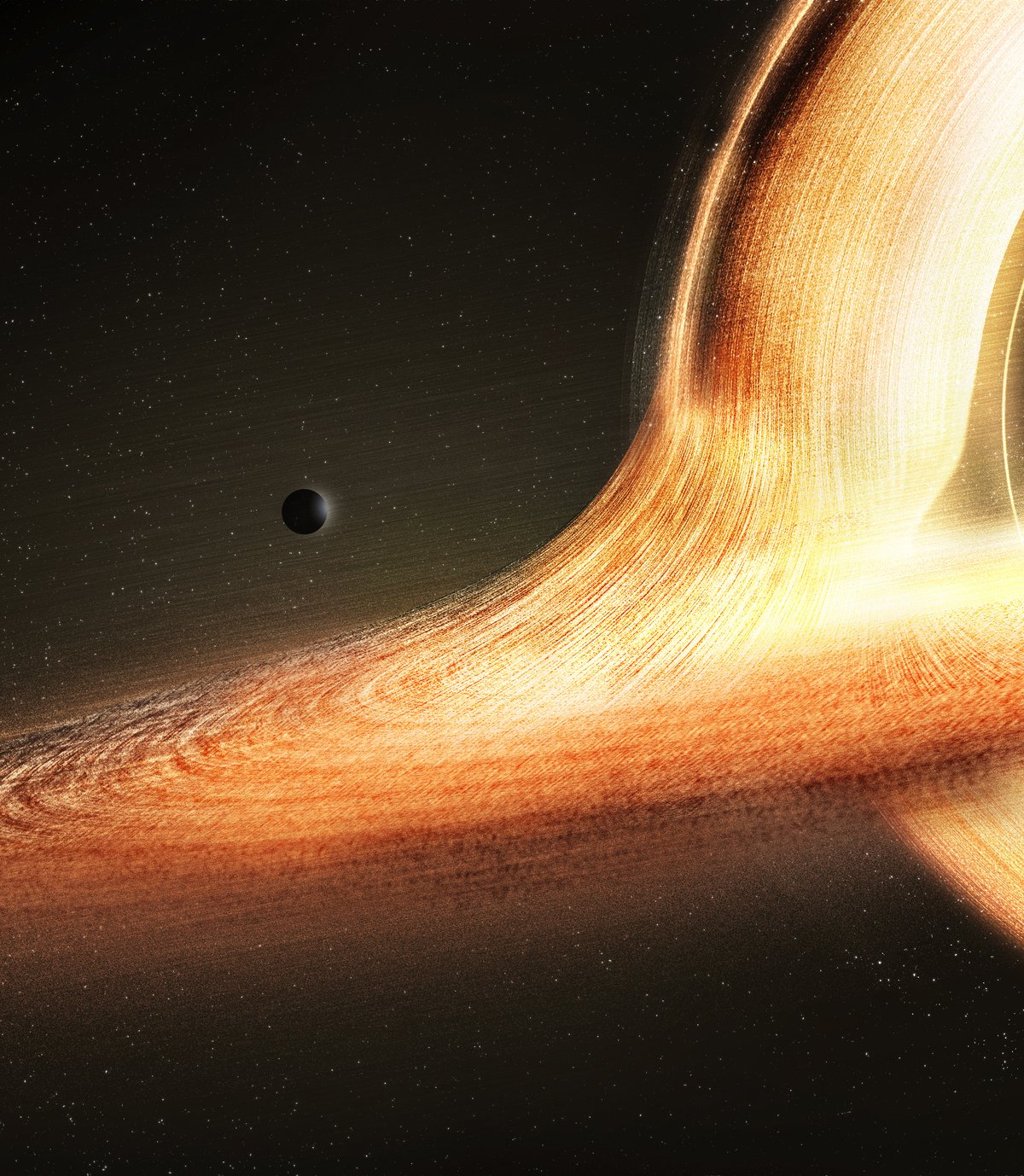Even before it was called a black hole, British scientist John Michell published a letter in which he suggested: the existence of an object so massive that even light does not allow it to escape its gravitational pulll. However, it was from Albert Einstein’s Theory of General Relativity that German astronomer and physicist Karl Schwarzschild wrote more about the properties of these phenomena, and the term black hole began to be used more widely in the scientific community.
The Cygnus X-1 body was the first x-ray source discovered in 1964 and considered a solar black hole candidate. However, the first photo of a black hole was published only in 2019, when the Event Horizon Telescope (EHT) collected data. It comes from a supermassive black hole at the center of the M87 galaxy; It is located approximately 54 million light-years from Earth.
Despite all the relevant information collected over the years, black holes are still mysterious and many of their properties are misunderstood by science. In fact, there are various theories about what these huge celestial bodies are; Some scientists even theorize that we may be living inside a black hole.
But this time, be very calm. This doesn’t mean that Earth was literally sucked into a black hole billions of years ago. In fact, everything we know is possible around us. It may have been caused by gravitational interactions in some supermassive objects in the universe.
It may be difficult to imagine how this could happen, but we gathered information from experts in the field to learn a little more about these theories. Are we stuck in a black hole after all?
Living inside a black hole
Scientists define black holes as regions of space where gravity is so strong that nothing close enough can escape the pull. Even light is drawn into the event horizon, the name given to the region of a black hole where gravity is concentrated and nothing can escape. In other words, it is a point of no return where everything that approaches the event horizon will be swallowed.
“According to classical general relativity, a black hole prevents any particle or form of radiation from escaping its cosmic prison. To an outside observer, when a material object crosses an event horizon, all information about its material properties is lost. Only new values M [massa],J [momento angular] and Q [carga elétrica] stay behind As a result, a black hole swallows an enormous amount of information,” French astrophysicist Jean-Pierre Luminet said in a study published in 2016.
In one of the theories, physicists put forward the following idea: The Big Bang may have been the result of the collapse of a black hole in another universe; This process may have caused the beginning of our universe and everything around us. Unfortunately this is just a hypothesis that cannot be proven, because the Big Bang marks the beginning of time and studying what happened ‘before’ is far beyond the limits of science.
In this case, we would really be living in a black hole, but perhaps not as you imagine; everything would have formed from the Big Bang caused by a massive object in another collapsing universe. the truth is thatIf a black hole were close enough and pulled the Earth into its event horizon, we would perish due to the spaghettification effect.
Is the universe a hologram?
theory about The fact that the universe is a hologram indicates that all information about the three-dimensional volume of space can be stored in two different dimensions.
The idea is based on the concepts of string theory and gravity. If we apply the black hole to this idea, we can argue that the supermassive region of space can store this information. Well, Everything we experience will be merely a three-dimensional reflection of what is happening in another universe.

It is important to highlight I think these theories are speculative. For example, the hypothesis that the universe emerged from a black hole requires the existence of more than one universe, which is a concept only theorized by physics. Hologram theory is also part of active debate in the scientific community, but there are no scientific experiments that prove the idea.
According to Luminet’s statement, “Although such an interesting holographic property, also called the gravity/gravity duality, has never been fully proven, it has guided a number of research programs in fields as diverse as nuclear physics, condensed matter physics, general relativity and cosmology.” ” to work.
Did you like the content? You can find other curiosities about black holes here on TecMundo. If you want, take the opportunity to learn what emergent gravity is and how it could revolutionize physics.
Source: Tec Mundo
I’m Blaine Morgan, an experienced journalist and writer with over 8 years of experience in the tech industry. My expertise lies in writing about technology news and trends, covering everything from cutting-edge gadgets to emerging software developments. I’ve written for several leading publications including Gadget Onus where I am an author.












